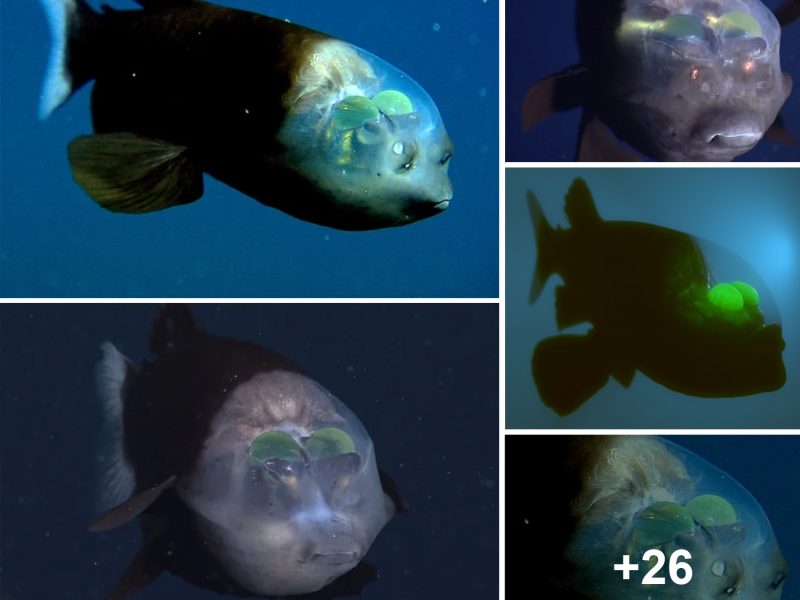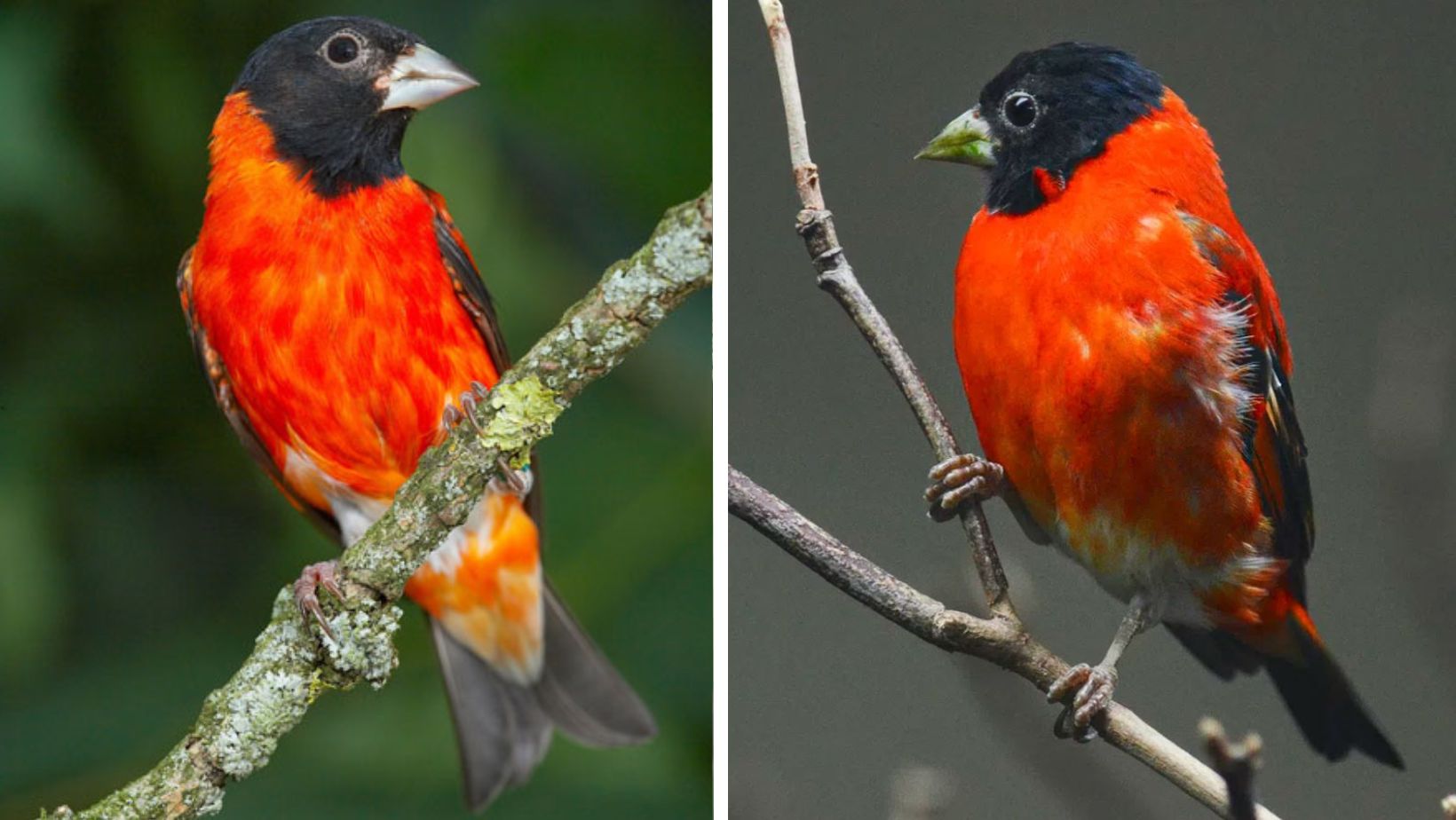
A delightful mix of orange, red, and black combines in a delightfully diagnostic way.
Meet the Red Siskin
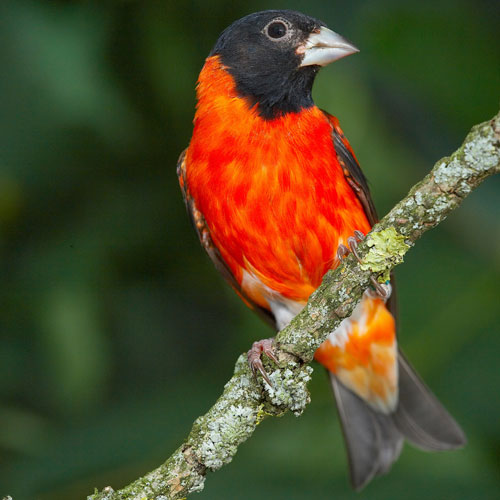 Photo courtesy of Siskini/Public Domain
Photo courtesy of Siskini/Public Domain
The red siskin (Spinus cucullatus) measures approximately 10 cm in length. The males display a striking deep red plumage, accompanied by black on the head, throat, flight feathers, and tail tip, with a whitish lower belly and under the tail. In contrast, the females exhibit grey on the head, breast, and upper parts, accented by a red rump and upper tail. Their breast showcases grey tones with reddish flanks, and the rest of the underparts, wings, and tail resemble the corresponding areas of the male.
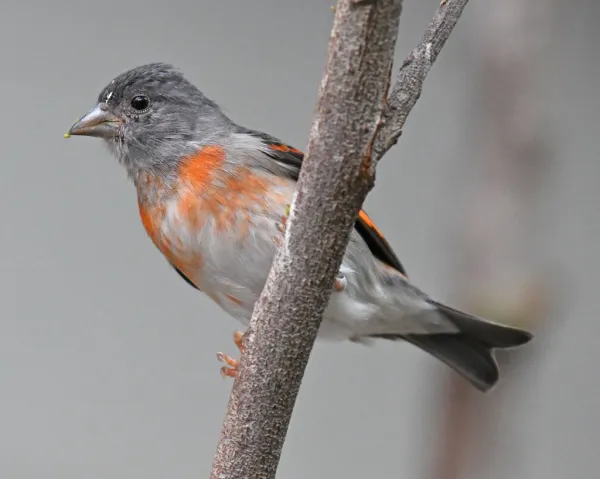 “red siskin national aviary 2.16.22 DSC_1717” by lwolfartist is licensed under CC BY 2.0.
“red siskin national aviary 2.16.22 DSC_1717” by lwolfartist is licensed under CC BY 2.0.
Immature females appear paler than adults.
Immature males take on a brown hue rather than a vivid red.
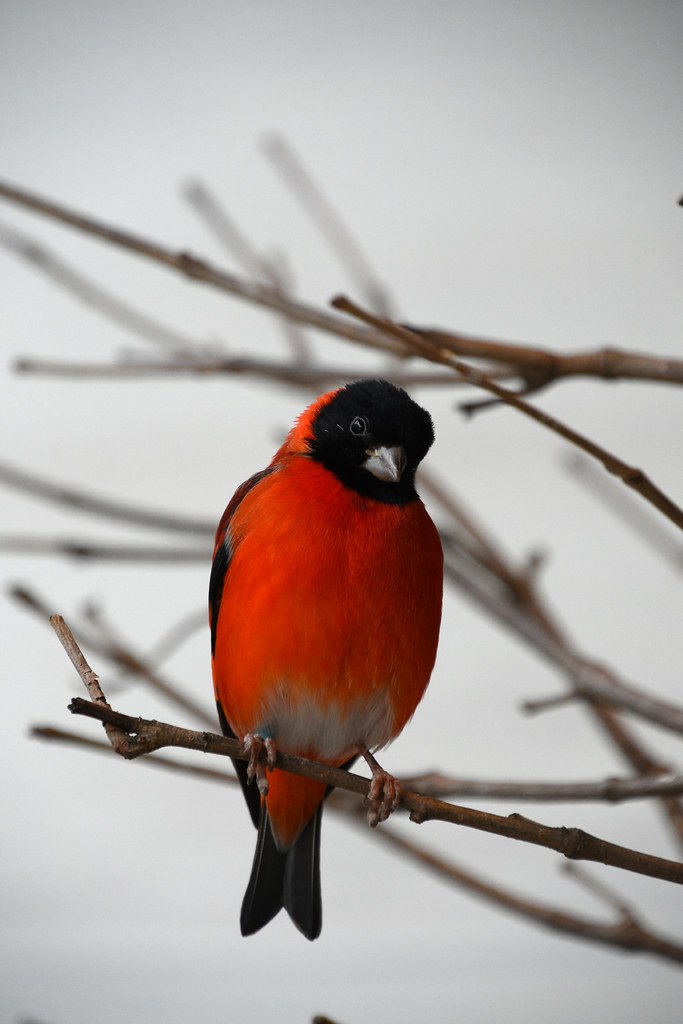 “Red Male Siskin Curiously” by Amaury Laporte is licensed under CC BY 2.0.
“Red Male Siskin Curiously” by Amaury Laporte is licensed under CC BY 2.0.
The Red Siskin is a small endangered finch native to tropical South America, primarily found in northern Colombia, northern Venezuela (where it is known as the “cardenalito”), and Guyana. While it was once common in the early 20th century, thriving throughout the foothills of northern Venezuela, it has now become exceedingly rare, facing a fragmented range. Regrettably, the population on Trinidad is believed to be extirpated, with no sightings recorded since 1960.
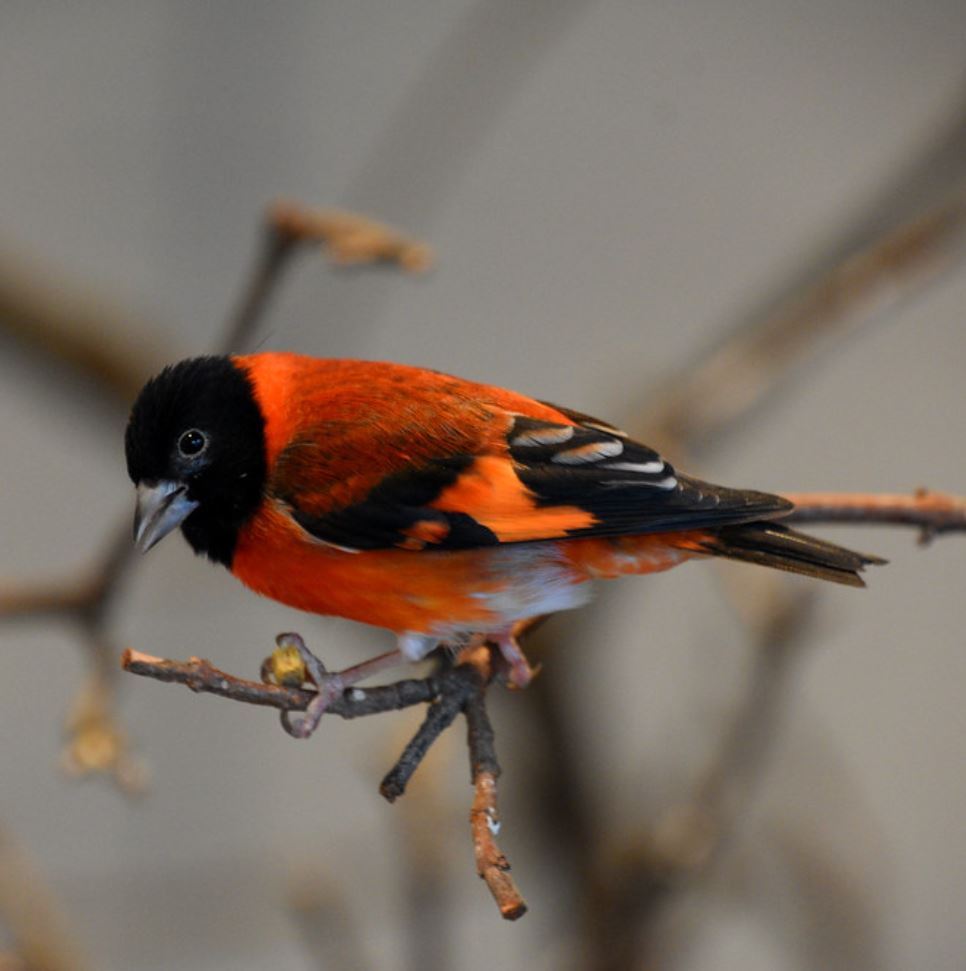 “Red Siskin Male” (cropped) by Amaury Laporte is licensed under CC BY 2.0.
“Red Siskin Male” (cropped) by Amaury Laporte is licensed under CC BY 2.0.
This captivating species inhabits open country, forest edges, and grasslands with trees or shrubs. The female constructs a grassy cup nest in a tree, typically laying three greenish-white eggs.
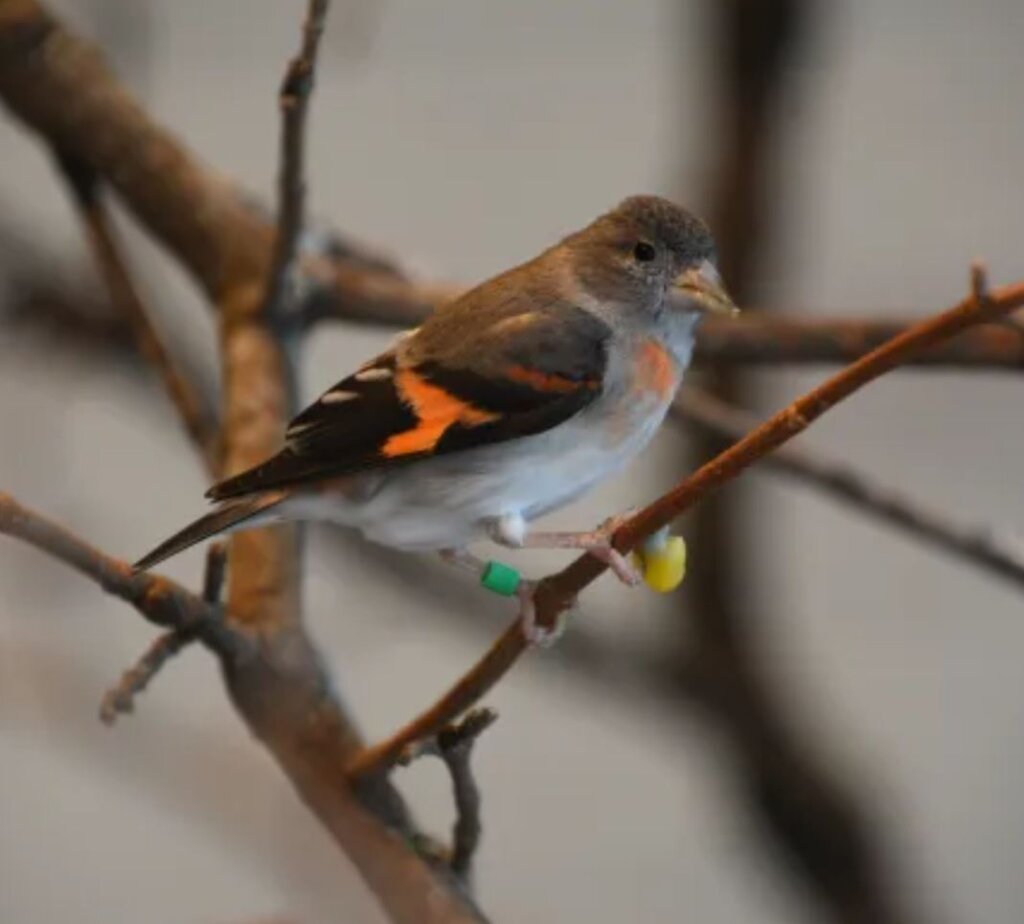 “Red Siskin Female” (cropped) by Amaury Laporte is licensed under CC BY 2.0.
“Red Siskin Female” (cropped) by Amaury Laporte is licensed under CC BY 2.0.
Red siskins primarily consume seeds and exhibit highly gregarious behavior. In the past, when their numbers were more abundant, they formed semi-nomadic flocks.
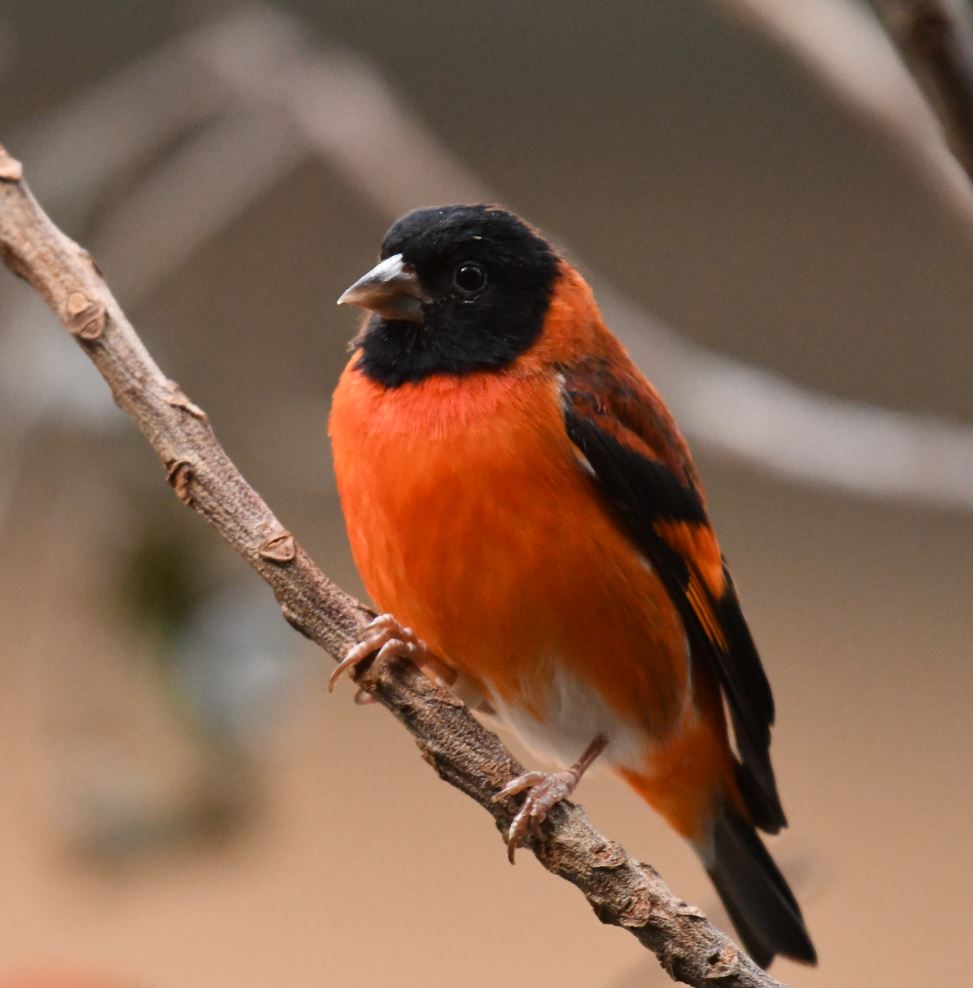 “Red siskin national aviary 2.16.22 DSC 1678” (cropped) by lwolfartist is licensed under CC BY 2.0.
“Red siskin national aviary 2.16.22 DSC 1678” (cropped) by lwolfartist is licensed under CC BY 2.0.
The female red siskin is believed to lay three greenish-white eggs in a grassy cup nest placed in a tree. This nesting behavior is typical for the species, where the female constructs a small cup-shaped nest made of grass and other plant materials in a tree’s branches. Inside this nest, she lays her eggs, which are usually greenish-white in color. The female takes on the responsibility of incubating the eggs, keeping them warm and safe until they hatch into chicks.
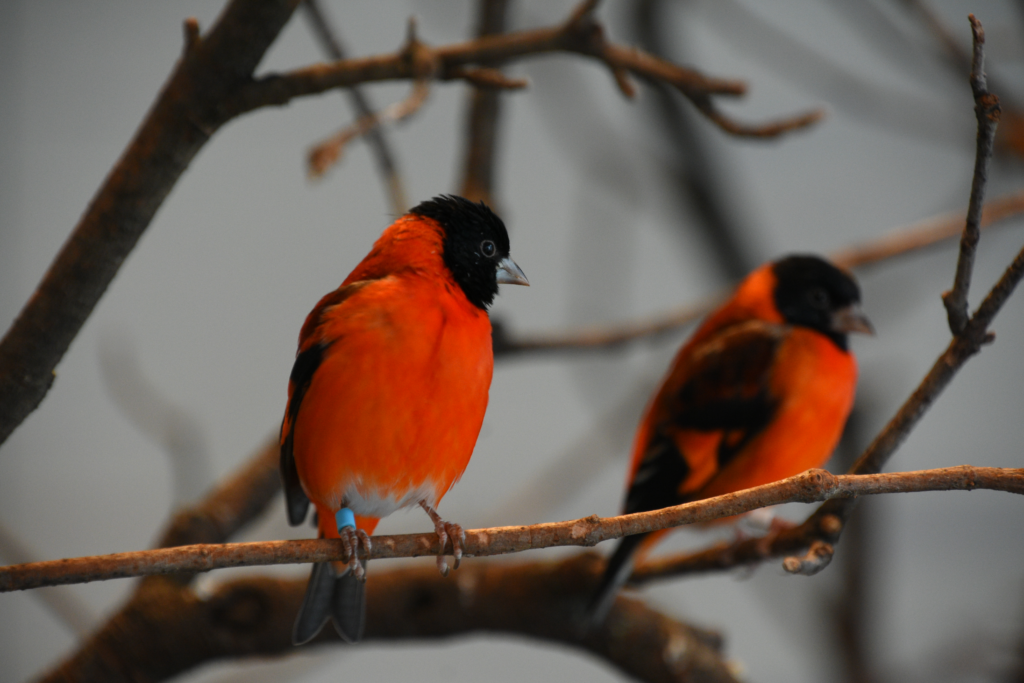 “Red Siskin Males – Duo 2” by Amaury Laporte is licensed under CC BY 2.0.
“Red Siskin Males – Duo 2” by Amaury Laporte is licensed under CC BY 2.0.
Currently, the red siskin is listed as endangered on the IUCN Red List and is nationally critically endangered in Venezuela. It is also included in CITES Appendix I. The primary threats to its survival include intense illegal trapping for the bird trade since the 1940s and extensive habitat loss. However, a glimmer of hope emerged in 2003 when a population of several thousand birds was discovered in southern Guyana, 1000 km away from any previously known colony. Nonetheless, the overall global population is estimated to consist of only 600 to 6,000 pairs.
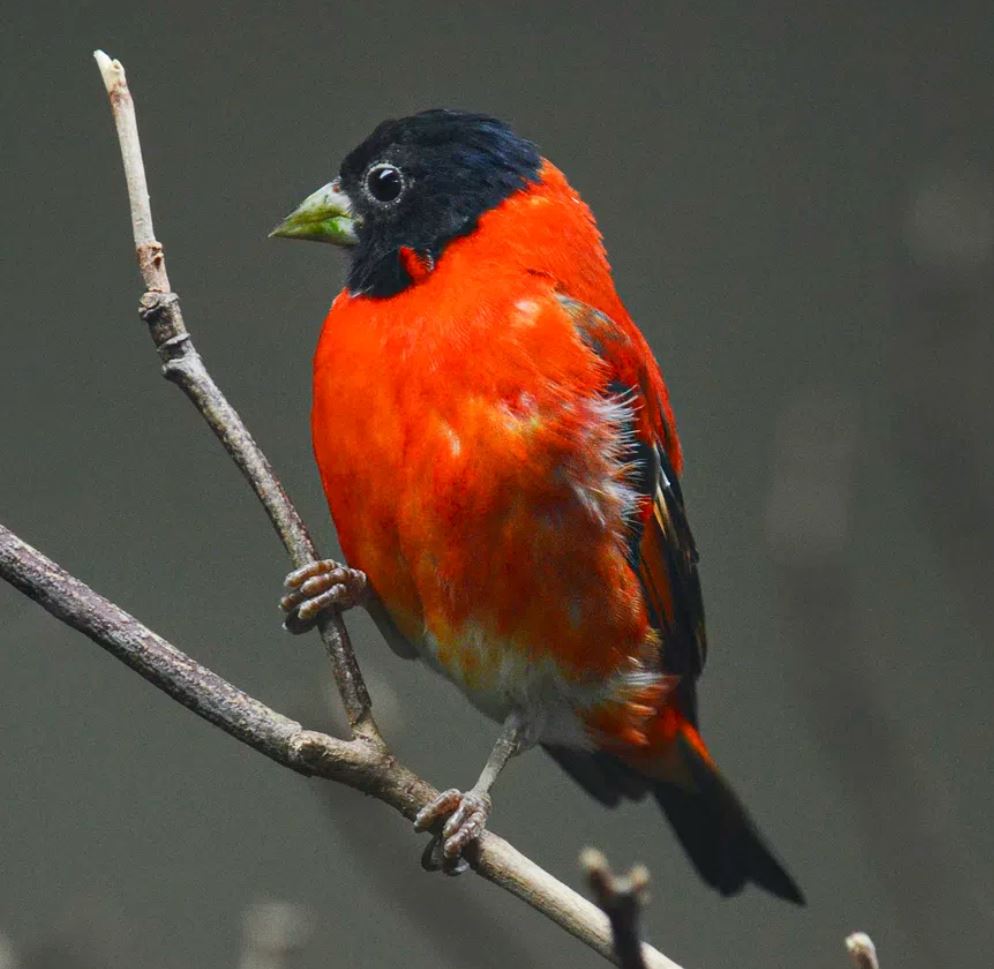 “Red Siskin (2016). Original from Smithsonian’s” (cropped) is marked with CC0 1.0.
“Red Siskin (2016). Original from Smithsonian’s” (cropped) is marked with CC0 1.0.
Conservation efforts have been crucial in protecting this species, given its illegal trapping for the cage bird trade and vulnerability to environmental factors. Domestication has likely played a role in preserving the red siskin, preventing its extinction. Due to its attractive appearance and pleasant song, its unique coloration for a small finch has led to its use in interbreeding with domestic canaries, creating varieties with red plumage.
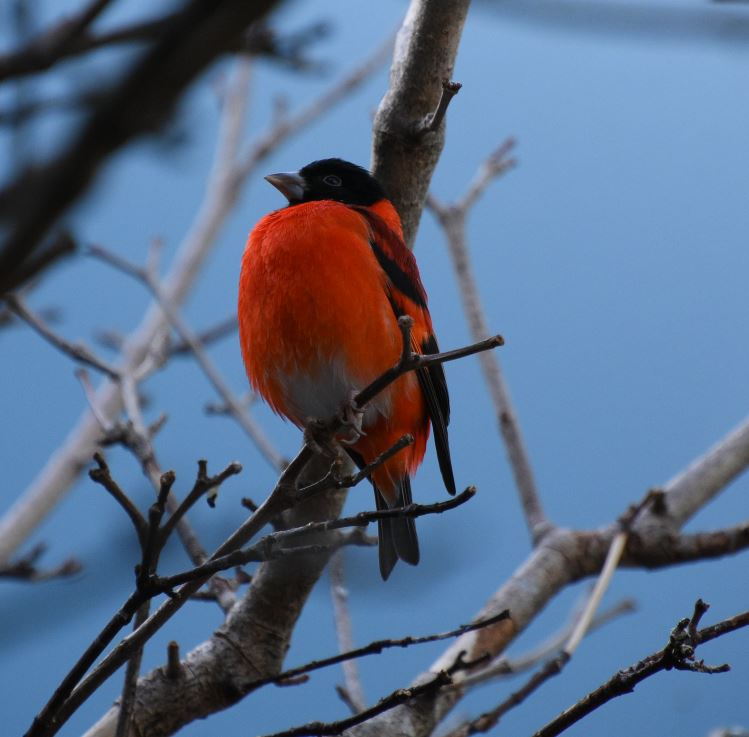 “Red Siskin Male – Big Belly” (cropped) by Amaury Laporte is licensed under CC BY 2.0.
“Red Siskin Male – Big Belly” (cropped) by Amaury Laporte is licensed under CC BY 2.0.
Check this bird out right here:
This article uses material from Wikipedia.org which is licensed under the GNU Free Documentation License via Copyright Wikipedia. Images on this page are the sole property of the photographers (unless marked as Public Domain). Please read the license and or contact the photographers directly before using them for any purpose. Thank you all.
Unmistakable Wearing His Vest Of Fiery Orange Topped Off By A Metallic, Ultramarine Cap, The Male Exhibits A Striking Appearance For All To Admire!
Please SHARE this article with all your bird-loving friends and family.

